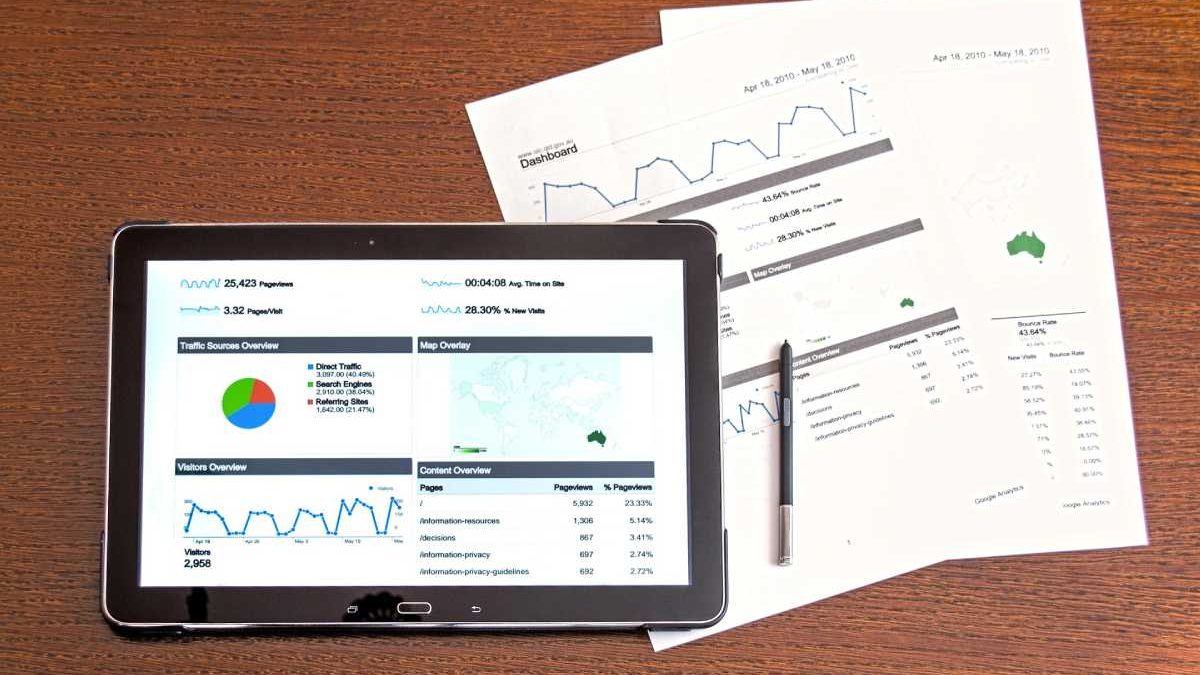Table of Contents
Essential Content Marketing Metrics
Essential Content Marketing Metrics: Content marketing is a strategy used across industries to raise brand awareness and educate audiences, but many organizations have yet to determine how to measure its success accurately.
Marketing teams must justify the resources required to create high-quality content that moves the needle; therefore, metrics and the ability to measure against predetermined KPIs are essential.
Content Marketing Measurements
1. Web Traffic Source and Medium
- For many content marketers, website traffic is a crucial reporting metrics. Nevertheless, there are several ways to examine traffic metrics.
- If you’re new to measuring content performance, use the Channel report to determine the source of blog traffic.
- Perhaps most users arrive at your blog via a monthly email newsletter; whatever the case, you must comprehend how people access your content.
- You can also examine traffic metrics in greater detail using the Source/Medium report in Analytics.
- Perhaps your team has focused on optimizing content for search; to measure success and compare organic traffic month-over-month or year-over-year.
- If the emphasis has instead been on social content distribution, consider how referral traffic has increased over time and which channels bring the most visitors to your website.
2. User Behavior
- Metrics of user behavior by themselves do not reveal much.
- However, when combined with other metrics (such as traffic performance).
- They can provide marketers with directional information regarding reader engagement and content performance.
- Though these metrics are unlikely to be your sole measure of success, they can (and should) be used to help tell the story of your content’s performance.
- For example, you can determine if a blog post matches the intent of searchers if it attracts users organically and they spend considerable time reading it.
3. Impressions & CTR
- In Google Search Console, you should also track impressions and click-through rates, traffic, and user behavior.
- It will allow you to determine whether the keywords for which your content ranks translate into impressions and clicks in organic search.
- It won’t provide a complete picture of performance.
- Still, it can indicate whether your content is performing well (strong impressions and CTR) or if it requires adjustments (low impressions, low CTR, or a combination of the two).
4. Content Shares & Backlinks
- The primary objective of any content asset is to provide readers with value.
- Social shares and backlinks shed light on whether or not people are willing to share your content with their audiences, although no single metric can demonstrate this.
- Consider a blog post shared over 100 times on social media or an infographic that several industry-leading publications have picked up.
- These content metrics are essential, particularly if you have awareness-related objectives.
5. Keyword Rankings
- Ensure that you keep track of core keywords and review their rankings monthly. It requires keyword research to establish your top-priority keyword targets.
- We use SEM-Rush to track our client programs’ keywords, but many other tools are available.
- Especially if you’re pursuing competitive, high-value keywords, ranking improvements are a great way to demonstrate the success of your content marketing program.

